With support from the National Science Foundation’s Faculty Early
Career Development Program, Nebraska researchers are unlocking
RNA’s mysteries, advancing commutative algebra, improving drone performance, revolutionizing nanomaterials and studying magma’s composition. In 2021, five outstanding pre-tenure faculty members earned these prestigious awards, totaling $3.2 million.
Background photo by Volodymyr Tverdokhlib/Shutterstock.
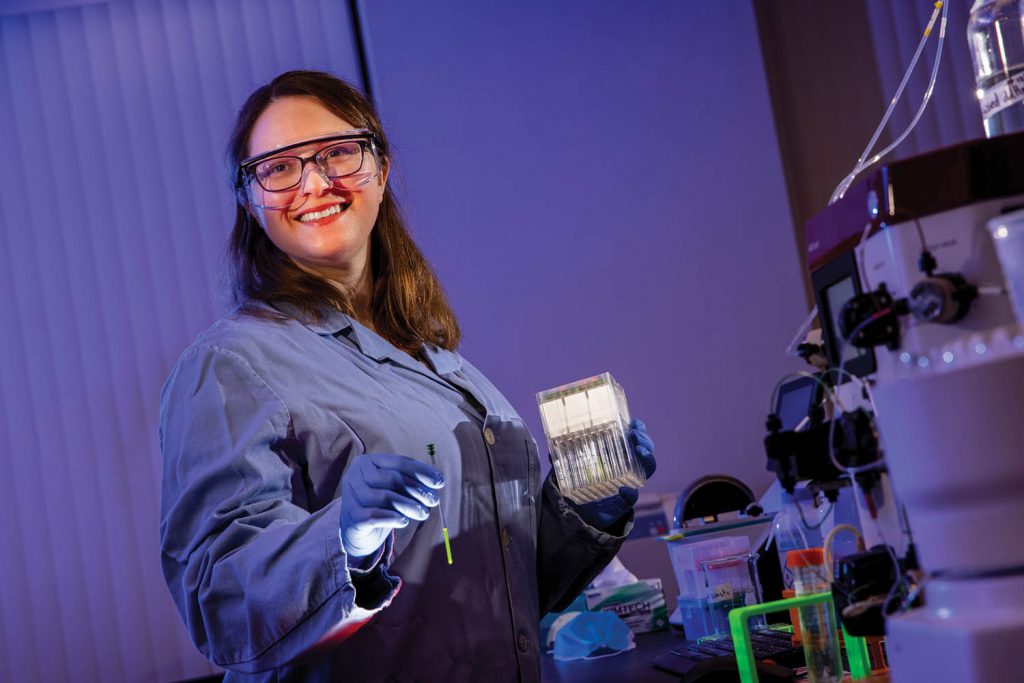
Unraveling RNA’s Secrets
Despite RNA’s starring role in COVID-19 vaccine development, scientists are still unlocking the molecule’s secrets. Better understanding how RNA contributes to cell function and gene expression could lead to treatments for a variety of ailments, including cancer, macular degeneration, high cholesterol, pain and organ diseases.
With a $1 million CAREER award, Nebraska’s Catherine Eichhorn, assistant professor of chemistry, is investigating relationships between the structures and functions of RNA-protein complexes, called ribonucleoproteins, or RNPs.
She’s focusing on an RNP known as 7SK, a key player in gene expression. Eichhorn uses powerful imaging techniques to develop high-resolution images of 7SK’s structures and folding dynamics. The images help reveal how 7SK regulates activity within cells.
Her methods and discoveries may also lead to a deeper general understanding of RNA and RNPs.
Eichhorn is launching a laboratory to guide students through an innovative imaging technique that links a fluorescent molecule to 7SK in order to track its behavior inside living cells. The technique will give students the opportunity to develop and test hypotheses.
Nebraska news release: Eichhorn’s CAREER project to take in-depth look at structure, function of RNA
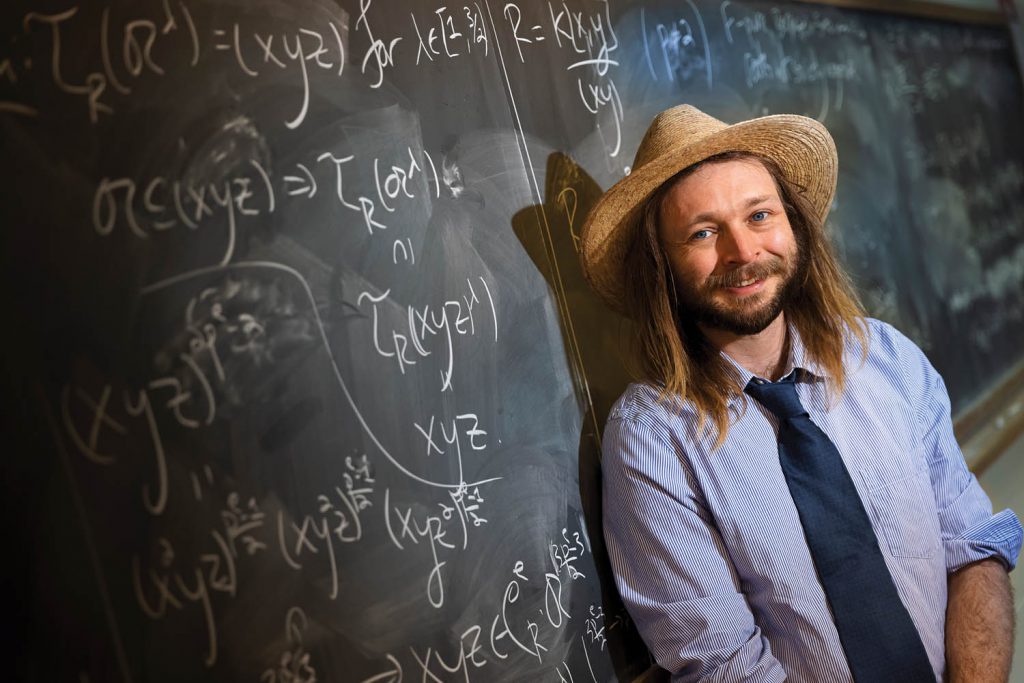
Advancing Research in Commutative Algebra
Nebraska’s Jack Jeffries studies mathematical misbehavior. That is, he studies singularities, points at which geometrical shapes don’t behave well.
Jeffries, assistant professor of mathematics, received the mathematics department’s first CAREER award. He’ll use the $400,000 grant to advance his research in commutative algebra, a field of abstract algebra that focuses on polynomials, algebraic expressions with many variables.
“Systems of polynomial equations are ubiquitous throughout the sciences,” Jeffries said. “Singular points are of interest because many standard techniques and algorithms can go haywire at those points.”
He’s also studying polynomial equations and singularities within atypical number systems. For example, computer data and arithmetic are built on systems of two numbers: zero and one. He aims to develop new tools to study the small-scale behavior of systems of polynomial equations of both familiar number systems and these atypical systems.
To encourage high school students to study mathematics, Jeffries is launching a math circle in which a mathematician leads students through an advanced math activity. At least one session per semester will be conducted in Spanish.
Nebraska is one of the nation’s largest research clusters in commutative algebra and algebraic geometry and an international leader in these fields.
Nebraska news release: Jeffries’ CAREER award bolsters Nebraska’s mathematics expertise
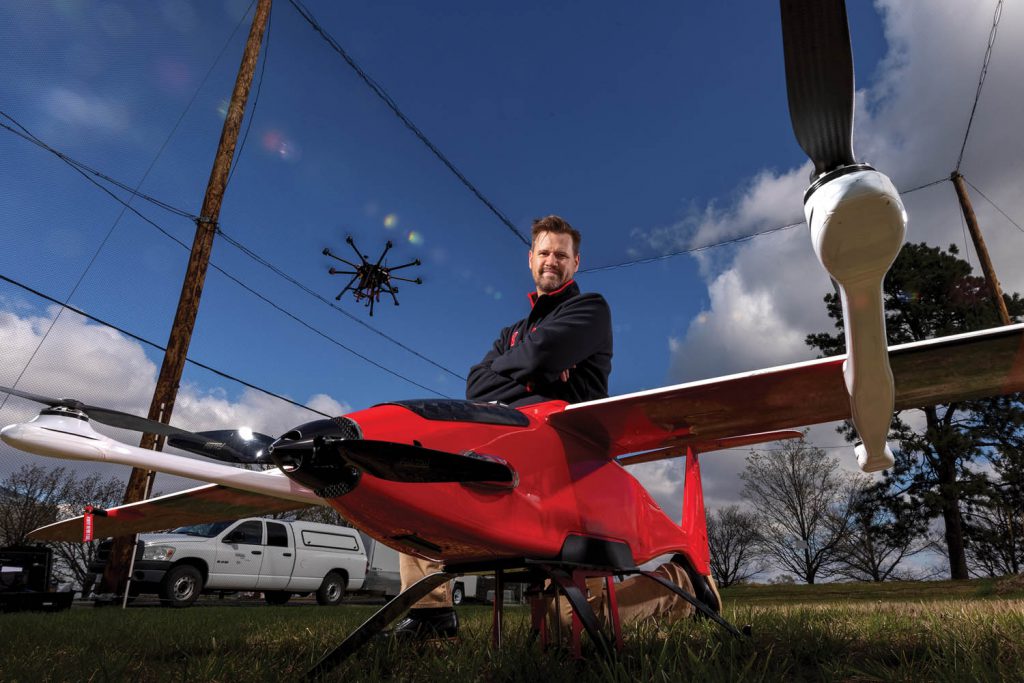
Improving Drone Performance
While drones can perform an impressive array of tasks, they can’t think for themselves.
Nebraska’s Justin Bradley, associate professor of computer science and engineering, is changing that with a nearly $500,000 CAREER award.
Bradley aims to give drones and other robots the ability to self-adapt to a changing environment. He’s developing mathematical and computing foundations, analytical tools and algorithms that divert energy to important tasks while pausing lower-priority work.
The ability to allocate resources and optimize overall performance will help maximize the full potential of artificial intelligence and machine learning. Because AI consumes substantial resources, robots must be able to give and take computational power to AI to accomplish a range of tasks.
Ultimately, Bradley will create an autopilot system compatible with the widely used Robot Operating System and operable on common robotics hardware. He’s seeking a provisional patent.
“This will be really useful for future missions that are complex and changing,” Bradley said. “This will allow robotic aircraft to do longer and more efficient surveillance and reconnaissance missions where the environment is changing.”
Nebraska news release: Bradley’s CAREER project to boost drones’ adaptability, performance
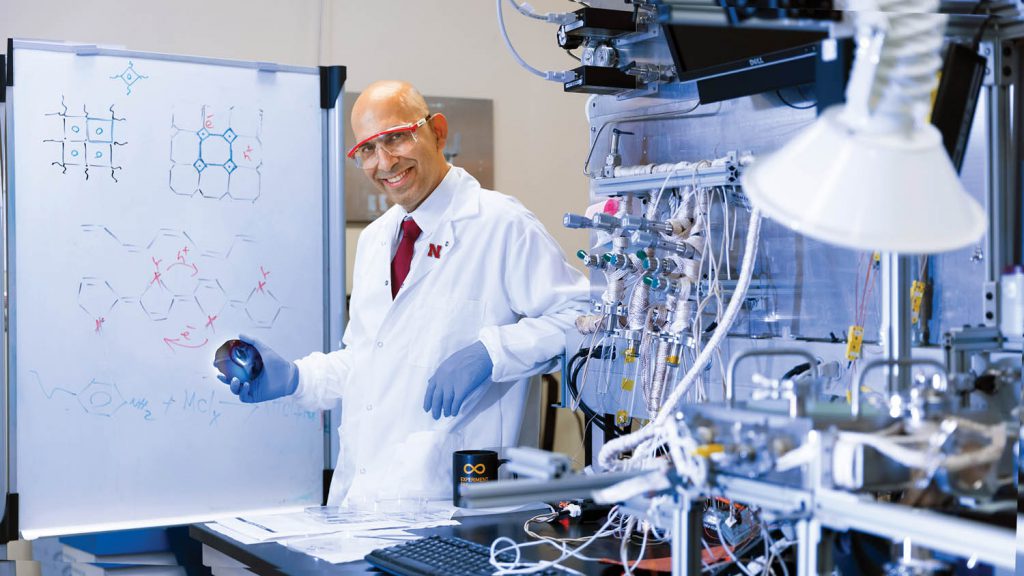
Building 3D Porous Organic Frameworks
Improving 3D molecular structures could aid advancements in electronics, medicine and more.
With a nearly $600,000 CAREER award, Siamak Nejati, assistant professor of chemical and biomolecular engineering, is developing an environmentally friendly and highly precise method of creating porous organic frameworks, versatile 3D structures made of light elements, such as carbon, nitrogen and oxygen.
He’s using a molecular layer deposition process that doesn’t require solvents to construct ultrathin, nanoporous films that feature a diverse and adjustable range of porosity. Porosity allows materials to trap, separate or filter.
By honing a vapor-phase approach, Nejati aims to enable integrating the films into energy-efficient, highly selective filters for gas and liquid separation as well as electrodes for energy conversion and storage devices.
Moreover, the proposed research pathway allows for studying the physical and chemical properties of the frameworks, essential for developing fabrication processes with low environmental impact and energy footprints.
Nebraska news release: Nejati’s molecular research earns CAREER award
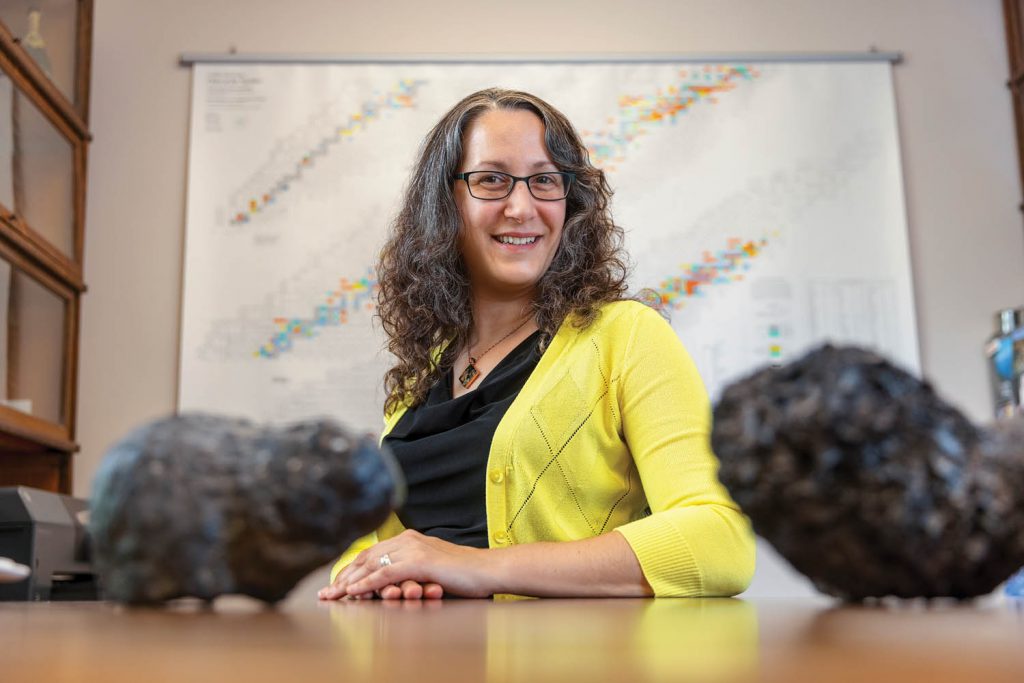
Deciphering Magma Mysteries
With a nearly $700,000 CAREER award, Nebraska geochemist Lynne Elkins is developing a tool to help illuminate processes governing volcanoes, particularly magma, the molten rock that erupts from deep within the Earth as lava.
Elkins is producing a publicly available, open-source computer modeling program that calculates the expected compositions of magmas, which result from partial melting of the Earth’s mantle layer. The models focus on predicting trace quantities of uranium-series isotopes in lavas. This type of geochemistry measurement traces the nature and timing of Earth’s melting processes.
A more comprehensive understanding of these processes will provide important clues about how magma generation is linked to plate tectonics, how the Earth’s crust formed and, more generally, how the natural world works.
The tool also may advance a longstanding debate about the types of mantle rocks that melt to generate most magma.
“The fundamental question here is: How does the planet function?” said Elkins, assistant professor of earth and atmospheric sciences. “Developing better tools with computer coding makes the answers to this question more accessible to the broader scientific community.”
Nebraska news release: Elkins developing modeling tool to shed light on makeup, movement of magma
